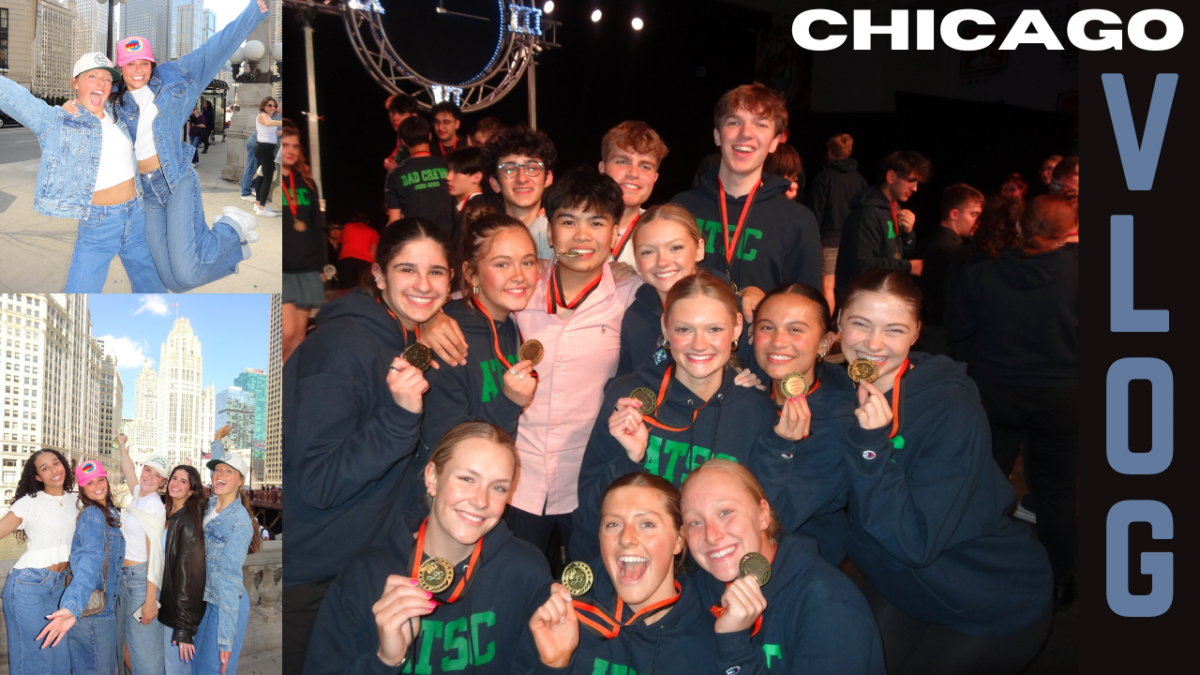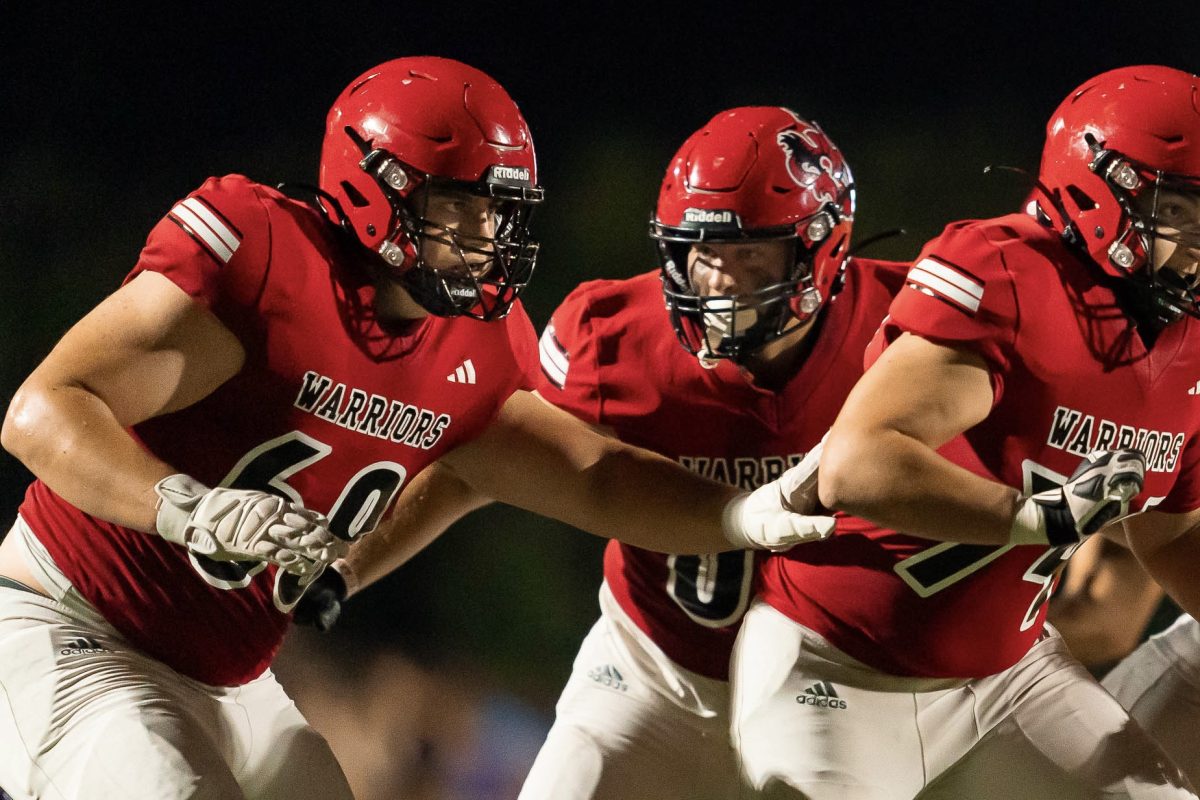Catcher in the Rye by JD Salinger is considered by many to be a pinnacle of American literature. Through the years, it’s been renowned for its unique voice and accuracy in grasping the thoughts and actions of the average American teenager. The story follows Holden Caulfield, a sixteen year old boy attending a private school near his home in Manhattan. After being expelled, he heads to New York with $180 and the clothes on his back. He spends the following nights on his own, doing exciting things such as trying to order alcohol as a minor, trying to buy a prostitute, and trying to catch a date with an old flame. His escapades aren’t entertaining, and the way he narrates is expressive and informal. These subtle adventures are exactly what drew the American public to Salinger’s most popular novel, as they could follow Holden in his exploits. They got to live the quiet moments with him, such as the scene where he was looking at graffiti in a stairwell. They get to live the loud moments, like when he was fighting with his roommates before leaving the school he was attending. The total realism captured an audience, which has given fame that has stayed with the book even until now.
The most important element of Catcher in the Rye is Holden himself. Several people, while critiquing Holden as a character, note that he is a childish brat. These people are absolutely correct. Holden is vulgar, pretentious, rude, and completely full of himself. He isn’t eloquent, nor is he mature, he’s a total kid. And those aspects are what make him wonderful. It should be understood that no teenager can be the well-spoken polite masterpiece one might find in a modern novel. We’re made to be these kids who know about obscure literature and are making witty, smart comments all the time. Kids who don’t like partying and are total outsiders to the ‘traditional teenage formula.’ Holden Caulfield falls into a particular niche of teen that isn’t like the above requirements, but believes that he is. He’s a perfect teenage character due to his imperfections. It’s difficult to find a teen that isn’t pretentious and self-absorbed, and it’s refreshing to have seen a character that is so unapologetically written in that way. Holden’s habit of calling others ‘phonies’ is relatable to the teens reading. It’s relatable to adults, as they reflect back on the dramas of youth. Holden is incredible because of this drama and this false sense of adulthood he’s brought upon himself. He does incredibly adult things in a spur of passion, but when that maturity rears its head and he has to come to terms with what’s happening, he can’t handle it. This is what takes place during the prostitute scene mentioned before. He orders a prostitute after an unfortunate surge of hormones, and once she arrives he gets nervous and backs out. This was one of the book’s great strengths. It wasn’t afraid to show the lead in vulnerable situations. After all, what great American novel doesn’t contain a failed sexual encounter?
However, Catcher in the Rye has its flaws. The most major flaw that becomes somewhat prevalent during the books’ run, is that the plot is somewhat dawdling. To preface, this isn’t necessarily too bad of an aspect. Day-to-day life can be comforting and tranquil to read. But, if an author is going to cover day-to-day, they need to somehow make boring events out to be exciting so that the reader can still be drawn in. The first half of the book was better at doing this than the second half. The first half was exciting and different, it was fun to follow Holden as he trekked through New York, blowing his money and inhaling cigarettes. The second half was less fun. The reader was following Holden to his english teacher’s house, then leaving the house, then going on a date, then going back to Holden’s house, and the material rambles. The way it was written with no clear climax made it seem like the book could never end. In theory, this isn’t bad, but the thing is is that the book did end. The book ended, and that ending was underwhelming. This can be frustrating, but it isn’t a dealbreaker. There are several readers who simply can’t deal with an uneventful book, every scene needs to have a purpose, and every purpose must be action-packed. Stories like Catcher in the Rye don’t have that sort of action, but Catcher in the Rye did revolutionize a new type of storytelling. Storytelling where the unremarkable can be made memorable.
This is why Catcher in the Rye has held up so well in American literature through all these years. The book isn’t quotable, or action packed, but it is memorable beyond belief. Characters like Holden were bound to stay with readers long after having read it, and the dreary atmosphere along with the colorful dialogue hangs in the air of pop-culture. It serves as a testament to what can build accuracy in a novel, how characters can be flawed and likable, and how something can really be timeless. Timelessness is such a hard thing to capture in realistic-fiction, as there’s no such thing as a constant when it comes to trends and products. Although Salinger hit the nail on the head in crafting this supreme work of art that stands on its own after nearly 70 years. This is a timeless book that I would definitely recommend to all readers.
story and graphic by jane knudsen








